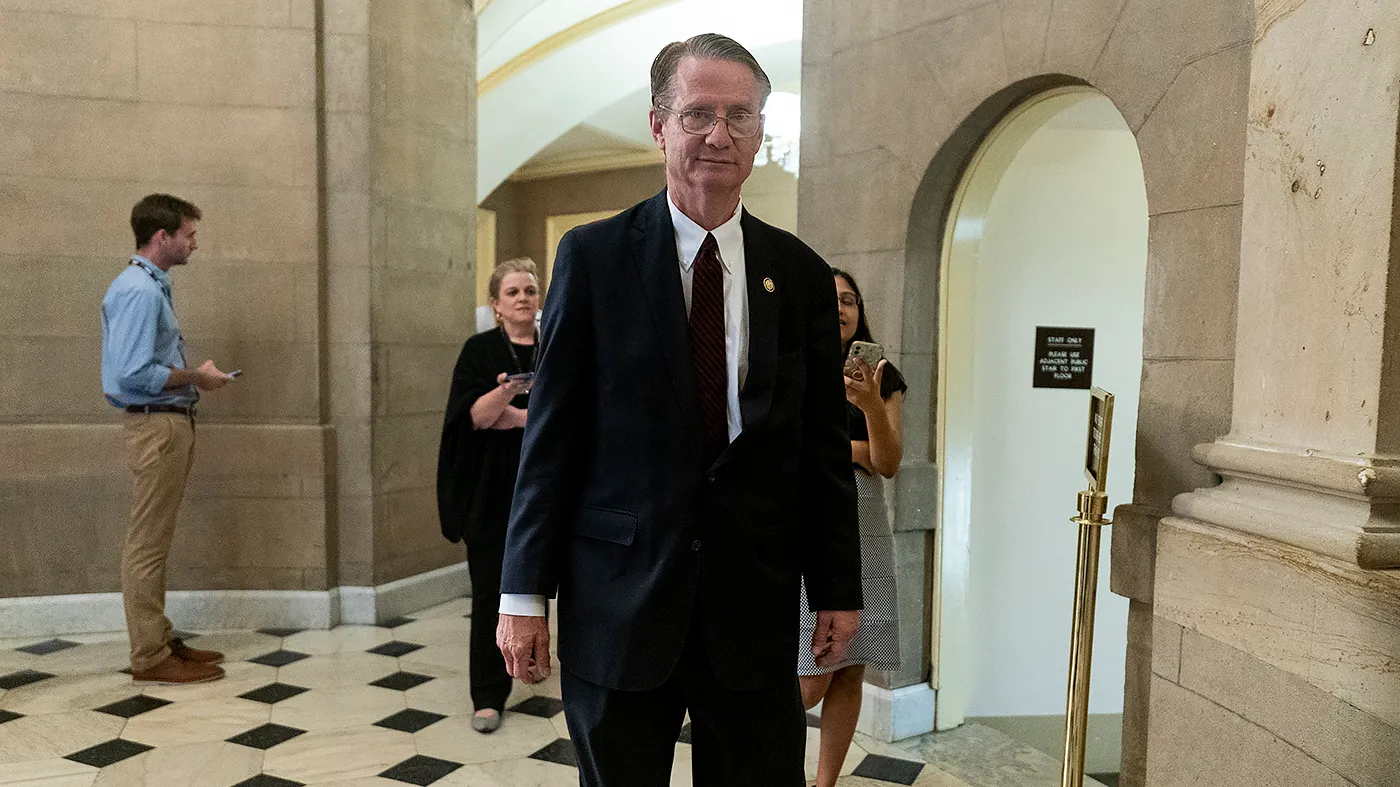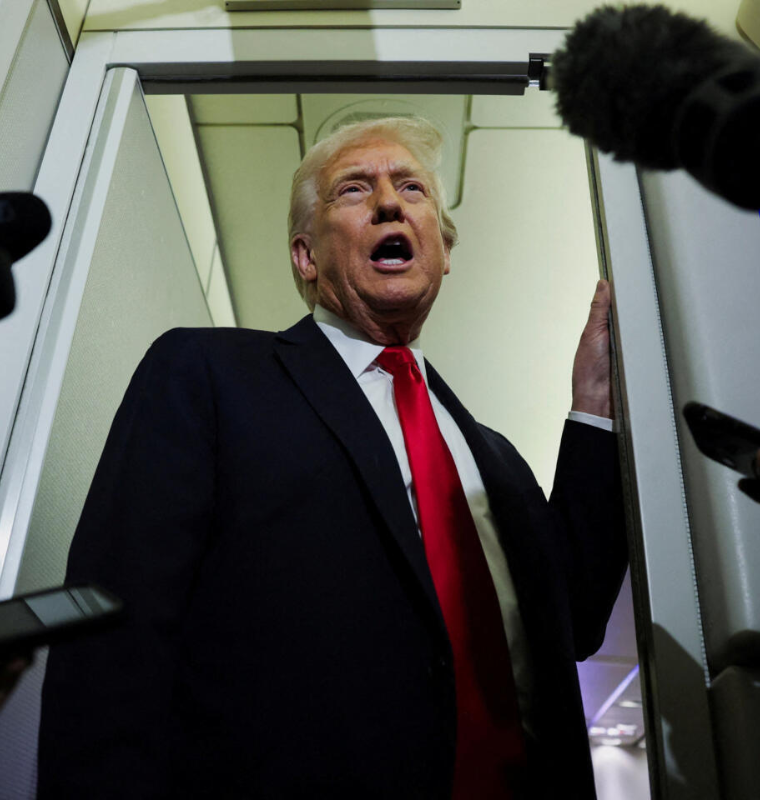Mortgage Rates Hover Near 7% as Market Activity Remains Sluggish
Mortgage Rates Hover Near 7% as Market Activity Remains Sluggish
By
Junia Wells
Last updated:
June 25, 2025
First Published:
August 3, 2025

Photo: AOL.com
Mortgage Market Stays Flat Despite Broader Economic Shocks
Mortgage demand in the U.S. showed minimal change last week, as interest rates on home loans remained locked in a tight range despite a combination of global unrest and shifting domestic economic signals. According to the Mortgage Bankers Association (MBA), the average contract interest rate for a 30-year fixed mortgage with conforming loan balances (≤ $806,500) rose slightly from 6.84% to 6.88%. Points on those loans fell from 0.66 to 0.63 for borrowers making a 20% down payment, but that modest change has done little to shift the broader market sentiment.
Stalled Buyer Demand Amid High Prices and Low Inventory
Home purchase activity continued to slump, with mortgage applications to buy a home falling 0.4% week over week, based on MBA’s seasonally adjusted index, which also accounted for the Juneteenth holiday. While purchase demand was 11% higher compared to the same week in 2024, the overall volume remains historically low.
“The average loan size for new purchase applications declined to $436,300, the lowest since January 2025,” said Joel Kan, MBA’s vice president and deputy chief economist. “This drop was driven by smaller conventional loan requests, possibly indicating buyer fatigue or a shift toward more affordable properties.”
Buyers are still grappling with a difficult market: elevated home prices, limited listings, and mortgage rates that have hovered just below 7% for several months. That combination has created a holding pattern where many potential buyers are choosing to stay on the sidelines.
Refinancing Activity Up Year-Over-Year, But Still Tepid
On the refinance front, applications increased 3% from the previous week and were 29% higher than the same week last year. However, that growth is coming off a low base. In mid-2024, refinance volume had plunged to multi-year lows, so even small upticks now translate into large percentage gains.
The average 30-year fixed rate at this time last year was just 5 basis points higher than it is today. This marginal difference offers limited motivation for homeowners to refinance unless they’re accessing equity or consolidating debt.
Global Turmoil and Fed Signals Fail to Shake Mortgage Rates
Historically, events like Middle East conflicts or shifts in Federal Reserve policy would spark meaningful moves in the bond market, and by extension, mortgage rates. But that hasn’t been the case recently.
“Despite geopolitical tensions and last week’s Federal Open Market Committee (FOMC) meeting, Treasury yields declined slightly, yet mortgage rates inched upward,” Kan noted. “Rates have now stayed within a tight 25-basis-point range since early April.”
This rate stability may offer a silver lining for the market, but it also suggests inertia. Without a stronger downward shift in borrowing costs or a meaningful correction in home prices, many consumers appear to be waiting for more favorable conditions.
What to Expect Going Forward
The mortgage market appears caught in limbo. Rising rates, though modest, are deterring many would-be buyers. Simultaneously, the inventory shortage continues to put upward pressure on home prices — a dynamic that could keep activity suppressed through the summer.
Until the Federal Reserve signals a firm path toward lower interest rates — or economic pressures ease housing costs — both homebuyers and homeowners looking to refinance may remain stuck in a holding pattern.
Popular articles
Subscribe to unlock premium content
How Turkmenistan’s Underground Mosques Are Becoming Secret Luxury Tourism Spots

How Palau’s Hidden Jellyfish Lakes Are Monetized as Ultra-Premium Adventure Destinations

Why Seychelles’ Private Island Hopping Experiences Are Becoming a Billion-Dollar Niche

How Turkmenistan’s Underground Mosques Are Becoming Secret Luxury Tourism Spots

How Palau’s Hidden Jellyfish Lakes Are Monetized as Ultra-Premium Adventure Destinations

How Turkmenistan’s Underground Mosques Are Becoming Secret Luxury Tourism Spots









